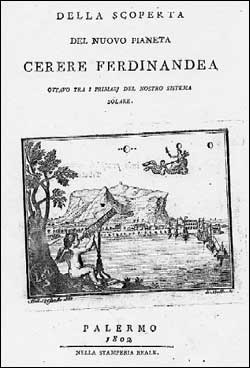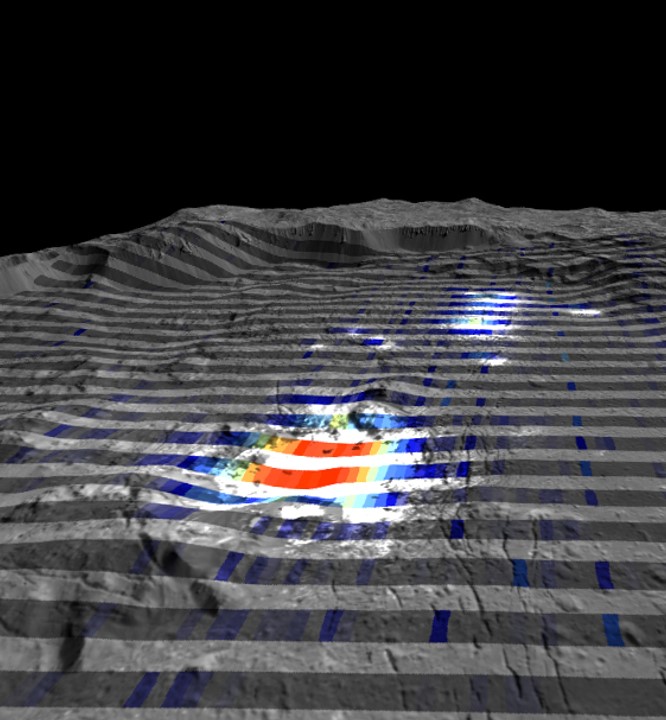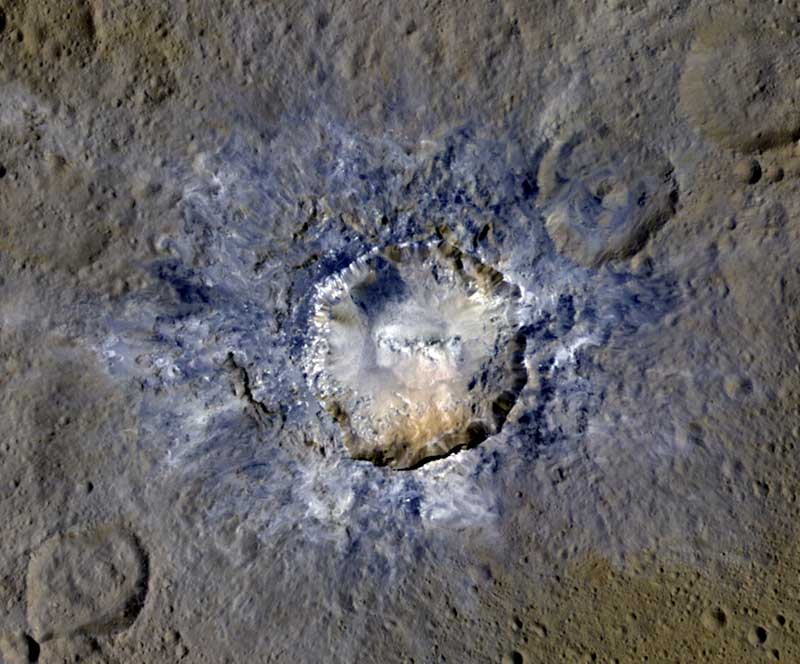coastal areas in Italy. The Italian coasts not only have to contend with climate change , but also with mismanagement that is leading them to slowly decay. The Concrete in abundance, joined to ‘ coastal erosion , the bad purification and trash from the sea and beaches, are the main virus to our shores.
According to Environment Report 2016 Italian Legambiente, today 51% of the Italian coasts was literally changed by the construction of houses and buildings , and in recent decades at the rate of eight kilometers per year, while a third of the beaches is affected by erosion currently expanding. Figures will grow, say by Legambiente, if you do not implement a change of policy.
Also READ: FAREWELL ITALIAN COASTS: MISSING 8 KM EACH YEAR UNDER THE CEMENT
Infringements and pollution
14,542 are the infringements during 2014 including crimes related to the sea and the coast in Italy, 40 per day, 2 per kilometer, which is still higher than in 2013. The marine habitat is constantly put to the test by pollution, with 25% of city wastes even non-purified (40% in some places) and well 1,022 agglomerations of European infringement proceedings. 45% of withdrawals made by Green Schooner in 2015 is polluted result, while plastic continues to colonize beaches and seabed. Only 19% of the coastline (1,235 km) is under the protection constraints.
Also READ: PLASTIC AND BUTTS IN PLACE OF SHELLS: ITALIAN BEACHES IN A SEA OF WASTE
“ The coasts are an extraordinary heritage of our country – said Edward Zanchini, vice president of Legambiente and curator along with Sebastiano Venneri and Giorgio Zampetti the report – which must free from the pressure of concrete and pollution. The Italian Environment Report presents a snapshot of these impacts with truly disturbing data and studies demonstrating that it is possible to reverse this situation through a change of policy. Precisely the challenge that climate change poses to coastal areas of the Mediterranean, with significant impacts on ecosystems, coastline and urban areas, should lead to a new and more incisive vision of the interventions. Necessary to strengthen the resilience of the territories to climate change and push the widespread redevelopment and enhancement of coastal heritage .
The Italian coastal areas are so fragile not only for the hydrogeological problems and urbanization, both legal and illegal, in places that are often already at risk collapse, but also for some weather events (storms, floods, flooding … ) that they are being repeated with increasing intensity and frequency.
Also READ: TSUNAMI AND EARTHQUAKE FAULT OF DEFORESTATION. THE DISASTERS IN A MAP
Coastal Erosion
The coastal erosion now interested in a more or less common all Italian regions: more than a third of our beaches is erosion , and it is expected that in the future complicating the situation because of ‘rising sea levels and the intensification of extreme weather events. In many cases, to respond to the emergency room, we intervened with the construction of cliffs belonging to coast but have not allowed the water exchange and the sedimentation of sand, contributing to the Progressive lowering of the seabed and the possible collapse where you try to respond ever more massive and striking structures. In addition, these artificial defenses cause dangerous currents which can cause drowning. It is currently using the technique of the nourishment of coasts that appears to have had greater effectiveness but which has much higher costs.
Urbanization
Legambiente has analyzed the 6477 kilometers of coast from Ventimiglia to Trieste and the two largest islands, without therefore considering the many smaller islands. What has emerged is that 3291 km have been irreversibly processed, specifically 719.4 kilometers are occupied by industries, ports and infrastructure , 918.3 were colonized from urban centers. Another worrying figure regards the spread of low-density settlements, with villas and cottages, which covers 1653.3 kilometers, equal to 25% of the entire coastline.
Also READ: CONSUMPTION OF SOIL: APPROVED BY THE CHAMBER DDL AGAINST CEMENT
The great thing is that since 1988, despite the law Galasso that was supposed to protect the areas within 300 meters from the coast, have been transformed from houses and other buildings 220 kilometers of coastline, with an average of 8 km per year, that is 25 meters per day. Among the most devastated regions of Sicily with 65 km, Lazio with 41 and Campania with 29. In coastal areas, according to the Istat, in the decade from 2001 to 2011 it has risen 18 thousand new buildings. 700 per square kilometer buildings both in Sicily and in Puglia, 600 in Calabria but also 232 per square kilometer in Veneto, Friuli Venezia Giulia 308 and 300 in Tuscany, Basilicata and Sardinia.
Pollution and beach litter
Mari and pollution: the delays in treatment still affect too many cities, not only coastal, and it is shameful the situation of many Italian coasts who do run away tourists. The maladepurazione concerns 25% of Italian citizens and the total of offenses detected at the expense of the coastline and sea in 2014 were 14,542, equal to 40 per day, every 2 km of coastline, with 18 thousand people reported and well made 4,777 seizures. The infringements specifically related to pollution were 4,545, 31% of the national total, with 7 thousand reported or arrested and 2,741 kidnappings.
What worries most is the amount of marine litter and especially the floating plastic.
Also READ: HOW the clothes we wear are poisoning THE SEA
Rossella Muroni, national president of Legambiente, suggests for the future of our coasts the model of protected areas , which in other contexts has already proved successful.
“ As the system of 32 national protected areas – explains -, which are a positive example of the coastal areas to be proud of Management. Or how municipalities that annually awards Legambiente with five sails, which show that the more far-sighted road is now the one that combines the protection of land with the enhancement and recovery of existing buildings. To give a boost to this perspective, however, it is necessary that there are clear rules, without forgetting that our country must also move the bulldozers to demolish thousands of illegal houses that disfigure our shores and start upgrading operations in areas that will, in this so, have a future tourist off the degradation .
Also READ: The eco-monsters 5 WORST AND CRIMES THAT ARE KILLING OUR MARI
But good examples there are: the system for mooring not impacting in the bays from the most delicate seabed in the Egadi, the network of marine businesses of Viareggio park, who have chosen environmental sustainability, with concrete initiatives of tourism that promotes and enhances the local products, or the system of protection of coasts just to mention some examples. And then again: all over the country there are 32 national protected areas with measures to protect the sea, 27 marine protected areas (or marine reserves), 2 submerged marine parks, 2 perimeters at sea in national parks and an international sanctuary for protection of marine mammals.
sustainable management you can have. But to stop the speculators and improve sewage systems seems that the road is still very long.
Germana Carillo
Watching: Power (202 videos)













